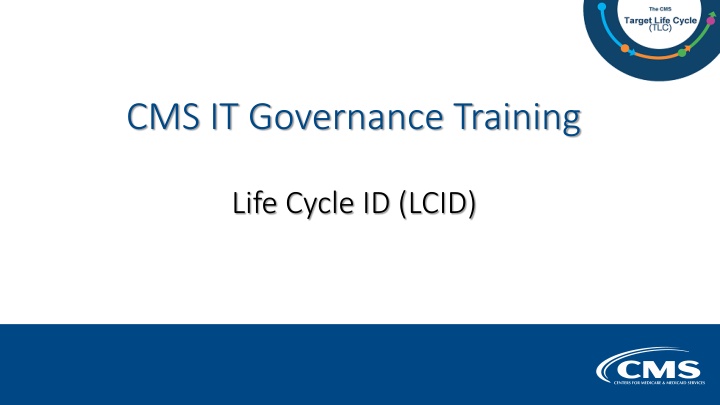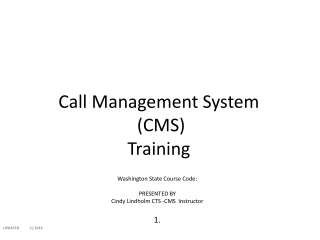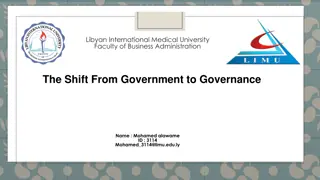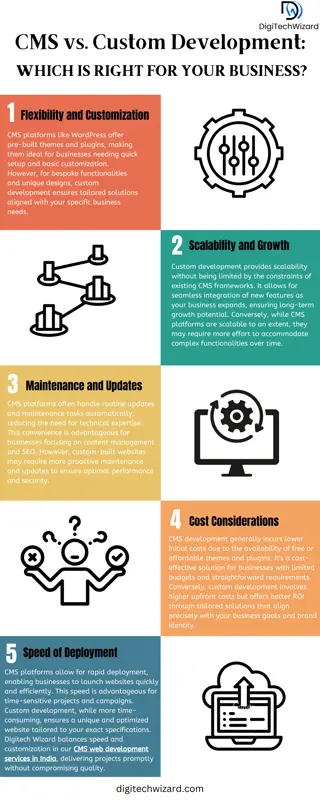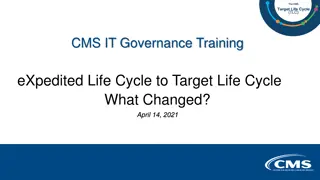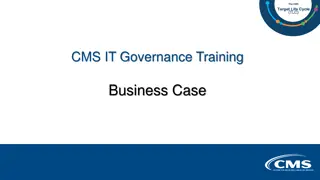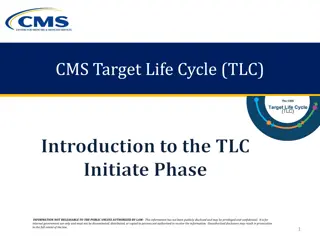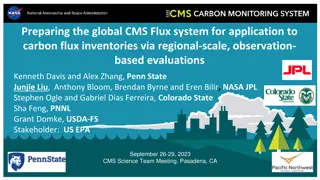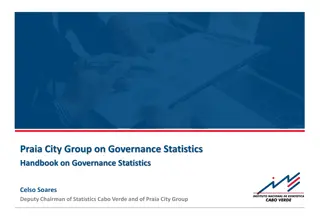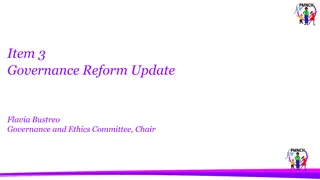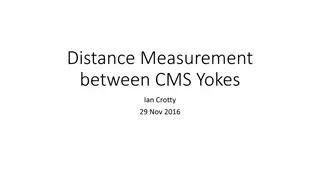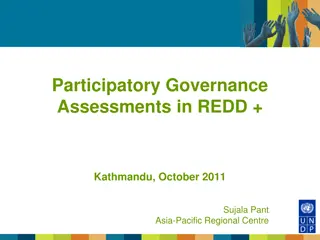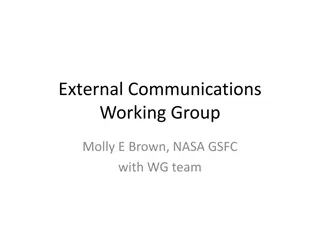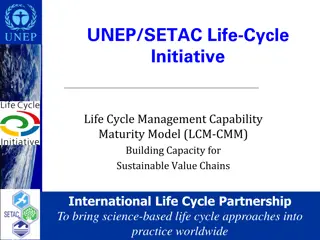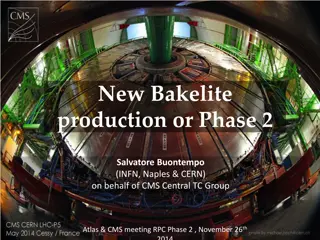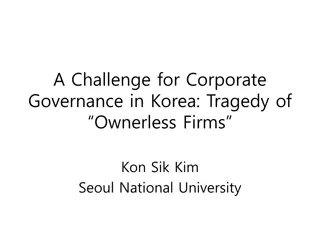CMS IT Governance Training Life Cycle ID (LCID)
CMS IT Governance Training Life Cycle ID (LCID) is a crucial aspect of IT project management within the CMS organization, ensuring proper approval and tracking of IT activities. This ID is not a funding approval but signifies evaluation for feasibility, standards, and cost-effectiveness. It is essential for new acquisitions, system projects, modernization efforts, and more, helping teams navigate through options and costs. The approval process involves key stakeholders such as CIO, CFO, and the Governance Review Team/Board.
Download Presentation

Please find below an Image/Link to download the presentation.
The content on the website is provided AS IS for your information and personal use only. It may not be sold, licensed, or shared on other websites without obtaining consent from the author.If you encounter any issues during the download, it is possible that the publisher has removed the file from their server.
You are allowed to download the files provided on this website for personal or commercial use, subject to the condition that they are used lawfully. All files are the property of their respective owners.
The content on the website is provided AS IS for your information and personal use only. It may not be sold, licensed, or shared on other websites without obtaining consent from the author.
E N D
Presentation Transcript
CMS IT Governance Training Life Cycle ID (LCID)
Background - IT Governance Primary Drivers: Clinger Cohen Act of 1996 Federal Information Technology Acquisition Reform Act (FITARA) of 2014 Emphasizes rigor and structure in how it approaches the selection and management of IT projects. Requires extensive reporting to OMB that provides visibility into IT spending and performance outcomes. Life Cycle IDs play a key role in documenting and tracking CMS IT activity.
What is a Life Cycle ID & What is it Not? The record of approval for your IT planned activities, from a capital Investment and planning perspective. Issued by the CMS IT Governance function during the initiate phase of the Target Life Cycle. LCIDs have expiration dates. A life cycle ID is NOT: an approval of funding. OFM manages the CMS budget and authorizes funding. assigned to systems.
What is it & What is it for? Indicates IT Governance has evaluated the effort for technical feasibility, standards, and cost effectiveness before entering the acquisition process. Requires CIO, CFO, and Head of Contracting Activity (HCA) approval as a worthwhile investment and addition to the CMS IT portfolio. Loops in OFM, OIT and OAGM so that there is standard and consistent visibility into IT activity.
When do I need one? New or re-competed acquisitions A new IAA or renewal New system project or development Major changes to existing systems Modernization efforts Optimization Cloud migration Requests for Additional Funding
Why do I need one? FITARA requires CIO approval for all IT contracts and spending. The Governance Review Team/Governance Review Board (GRT/GRB) is the delegated body for approval. Bring together CMS subject matter experts Help teams think through their options and alternatives Assist with documenting the case and conducting alternatives analysis Identifying current and long term cost implications You cannot proceed into the acquisition process without one.
Why do I need one? (cont.) OIT, OFM, and OAGM coordinate throughout the acquisition process using the LCID. OAGM OIT OFM
How Do I Get One? Phases of the Target Life Cycle: Operate Phase Initiate Phase Retire Phase Development Phase LCID Assignment Intake Request GRT Meeting & Review Approval to proceed with contract and budget request GRB Meeting & Review GRT Meeting & Review Pathway to LCID differs based on Type and Scope of Request New Business Need Operations and Maintenance contracts Change to Existing Business Need Request for Additional Funds (RAFs)
How do I get one? (contd) While planning for an acquisition, submit a request through the EASi system. Expected Timeframe: Re-competes/O&M: Generally 1-3 days New IT development or $1M annual cost increase: 2 5 weeks
Key Take-Aways Acquisition plans require IT Governance approval and sign-off. Usually, a work effort will have multiple LCIDs. LCIDs are not transferrable across contracts. A LCID is not an approval of funding. LCIDs have expirations.
Contact Us For questions about IT Governance or more information email: IT_Governance@cms.hhs.gov or visit: IT Governance (https://www.cms.gov/TLC)
